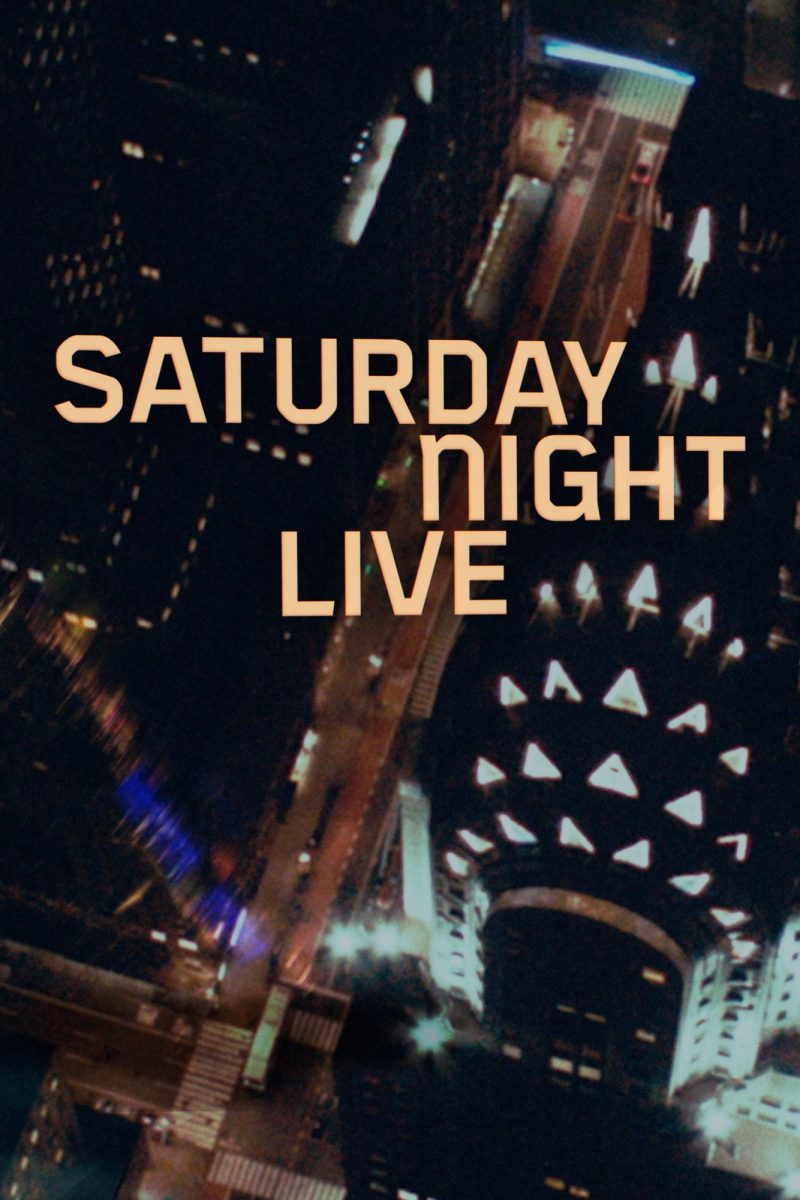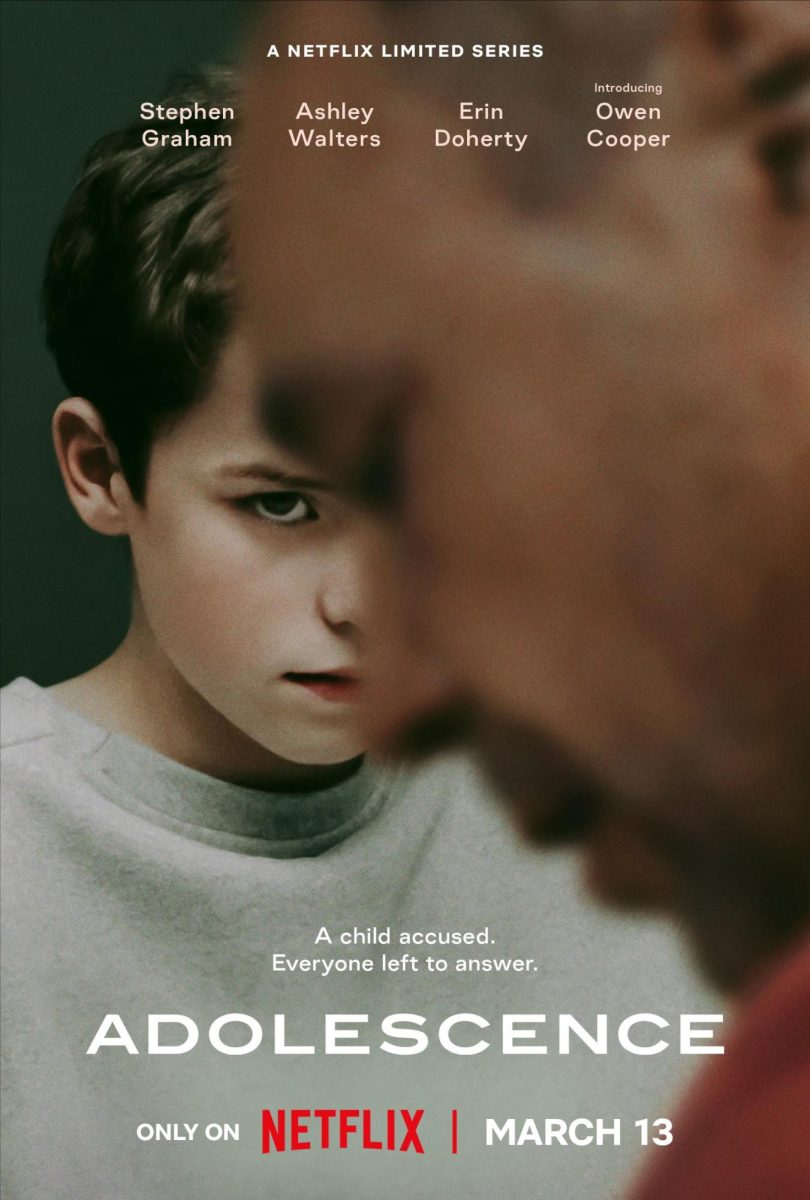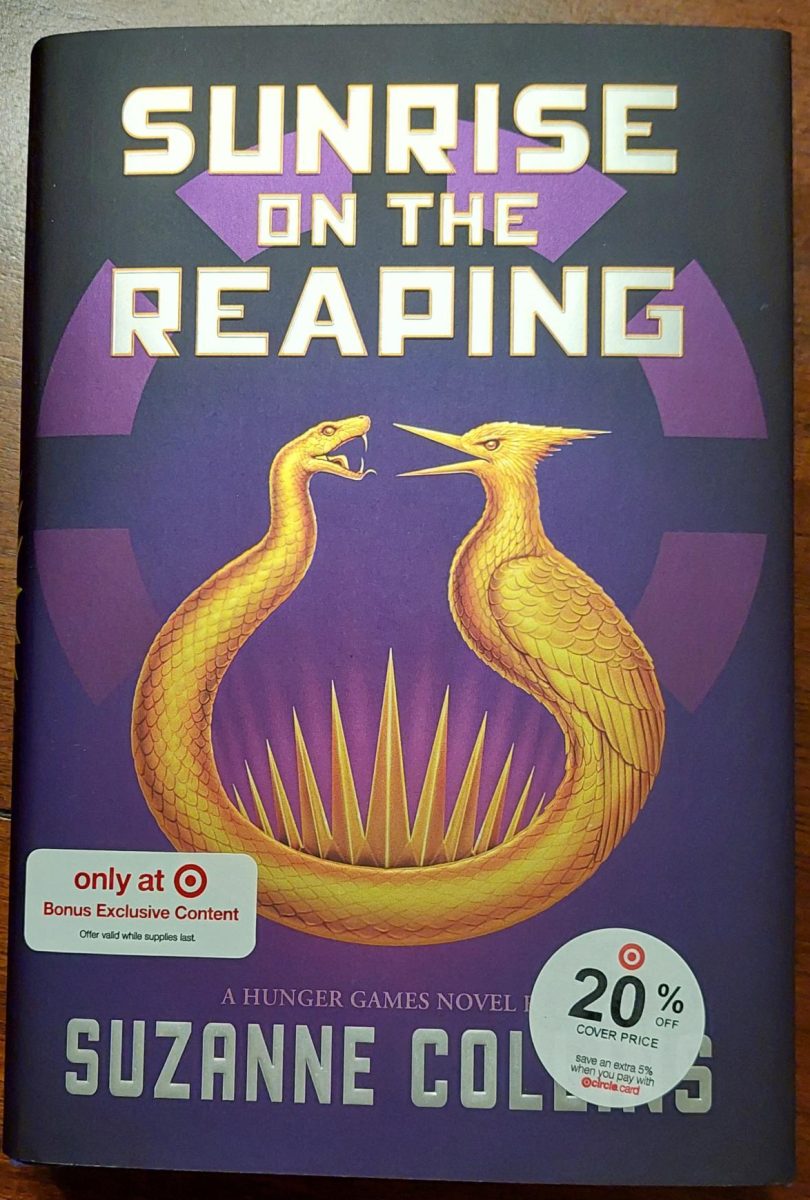“Saturday Night” is the semi-fictionalized movie which follows the lead up to the first broadcast of “Saturday Night Live” (SNL) on Oct. 11, 1975. The release of this film has brewed conversation on the legacy “SNL” has built into popular culture ever since the late 1970s.
A generational love and connection to “SNL” has been seen since its very first episode. When speaking with anyone over the age of 30, one is likely to learn there was at least a single “SNL” episode which has resonated with their view of culture, sometimes these are even episodes released in older viewers’ childhood.
The original “SNL” creators designed appeals for about 18 to 34 year olds. However, the show’s importance to culture does not seem to be currently resonating with the young adults of Gen Z as much compared to past generations. In fact, sources have reported that Generation Z makes up only 19.5% of “SNL” viewership. So one must ask the question: why is this the case?
Ever since the late 70s, “SNL” has held a legacy of being staple cable television. Well, ever since 2007 when Netflix was introduced as a streaming service, cable television has never been the same. In 2024 a person has the ability to watch movies, television shows, reality tv, and sports games all without ever touching the cable network. This leaves consumers, especially young entertainment-hungry individuals, with endless options of content, so in many viewers’ minds, they do not even think of watching “SNL”.
It’s not to say that Saturday Night Live writers discourage a younger viewership. Some “SNL” skits have included appearances from Sydney Sweeney, Timothée Chalamet, and Jacob Elordi. Meanwhile, Sabrina Carpenter, Billie Eilish, and Olivia Rodrigo were past musical guests. All of the above mentioned names are some of the biggest actors and singers across Gen Z. On paper, this should draw in younger demographics, but this has not been the effect.
So what exactly about “SNL” is not attractive to younger demographics?
Well first of all, much of the “SNL” comedy has a strong political focus. Considering 2024 is an election year, there are a greater number of parodies relating to presidential candidates Kamala Harris and Donald Trump. A relatively major portion of Gen Z is too young for voting. Also, it is common to find few high schoolers invested in politics, so they see no point in taking part in such viewership.
Gen Z’s lack of interest combined with differing cultural perspectives and the death of cable TV has caused “SNL” to be a dwindling production. Many of its viewers now only come from watching highlights on YouTube or other social media platforms.
In fact, Deadline reported the Oct. 12 episode starring Ariana Grande and Stevie Nicks to have scored the largest audience in the past three years. A potential reason for such statistics could be that Grande and Nicks brought together two culturally different generations.
Overall, “SNL” has not grown with time and the new generations. Throughout the high days of its running, “SNL” always represented the current state of culture. In the world of social media, pop culture represents quantity over quality, and that’s something a weekly show with only so many writers cannot keep up with in the end.










